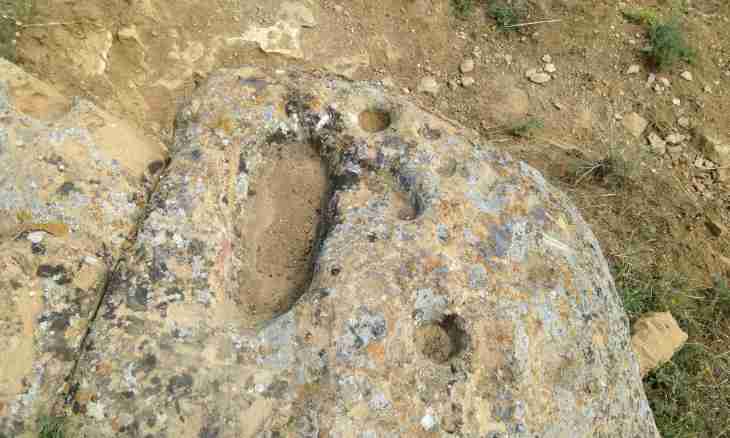Palladium – chemical element at number 46 in Mendeleyev's table. It is precious metal of platinum group, was opened in 1803 by the English chemist Vollaston. Received the name in honor of the large asteroid the Pallada opened slightly earlier (in the 1802nd year). How to distinguish palladium from other precious metals?
Instruction
1. If there are samples enough pure metals similar in appearance (for example, palladium, platinum, silver), then it is possible to distinguish rather easily them from each other, having determined density of each of samples. As density of pure silver is about 10.5 grams / cubic centimeter, palladium – about 12 grams (more precisely, 12.02), and platinum – about 21.4 grams. But, certainly, such way is admissible only for very pure substances in which the content of impurity is a little.
2. Unmistakably it is possible to distinguish palladium from the same platinum, having tried to dissolve a substance piece in hot nitric acid. Palladium will be dissolved, platinum will not. It is dissolved only in the well-known "royal vodka" (mix of hydrochloric and nitric acids), and when heating. In cold "royal vodka" the reaction goes very slowly.
3. Geologists and also analytical chemists widely apply high-quality definition of precious metals on an assay stone. It represents itself(himself) specially made plate from silicon slates of a certain type. Such assay stone has the following properties: it is very firm, inert to aggressive substances (including strong acids and their mixes), has the fine-grained building.
4. The qualitative analysis (test) on this stone is done so: take test metal (or its alloy) and carry out, with quite notable pressing, on a plate surface. The trace has to be well distinguishable, have in length about 2 centimeters. Then influence a trace specially prepared reagent and observe what result will be.
5. If the drawn line is left palladium or its alloy, then at influence on it of the reagent consisting of mix of "royal vodka" and 10% solution of iodide potassium, quickly there is bright, well distinguishable red-brownish speck. It occurs because during chemical reaction the substance K2PdCl4 — tetrakhloropalladat potassium is formed.

